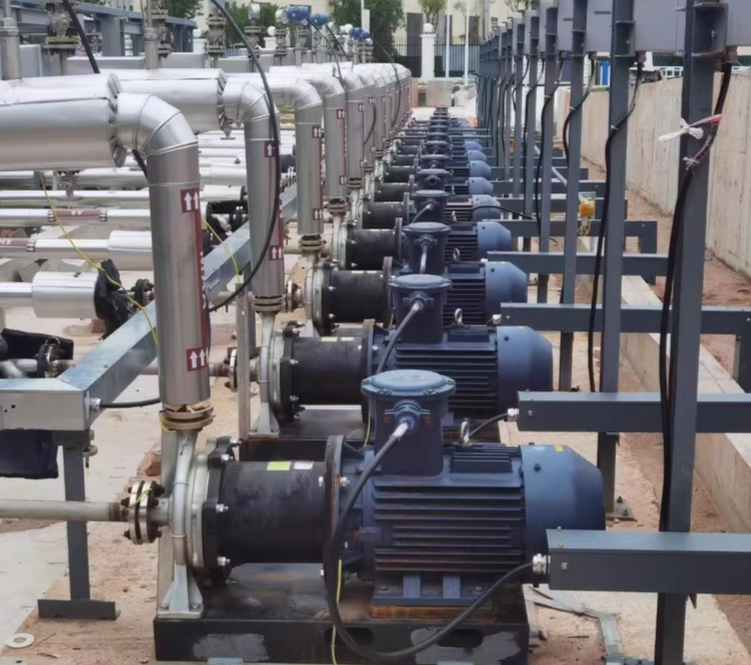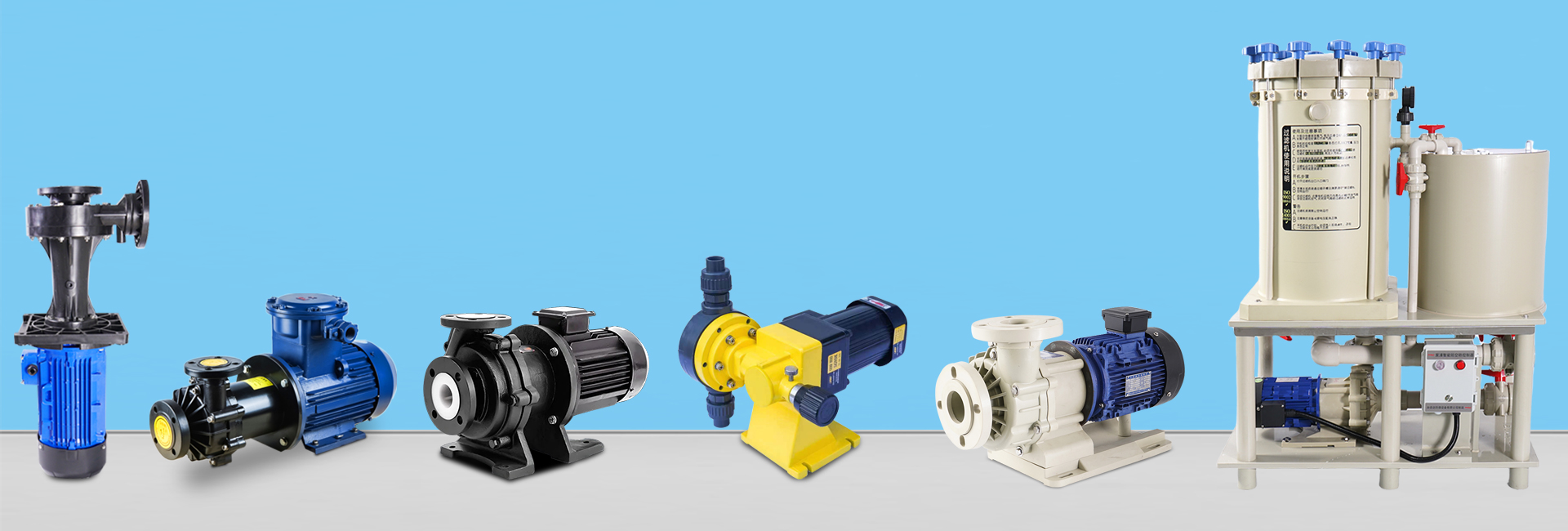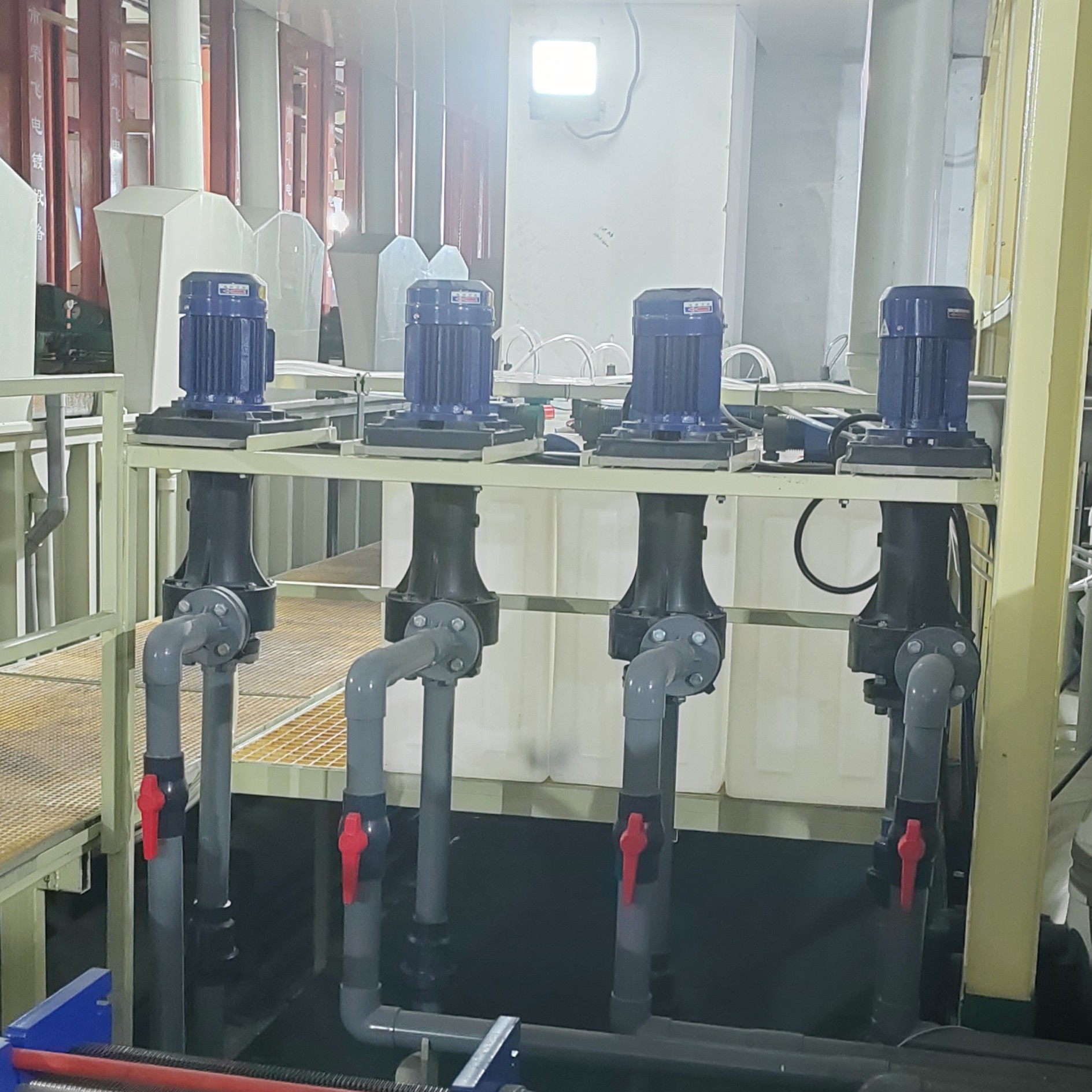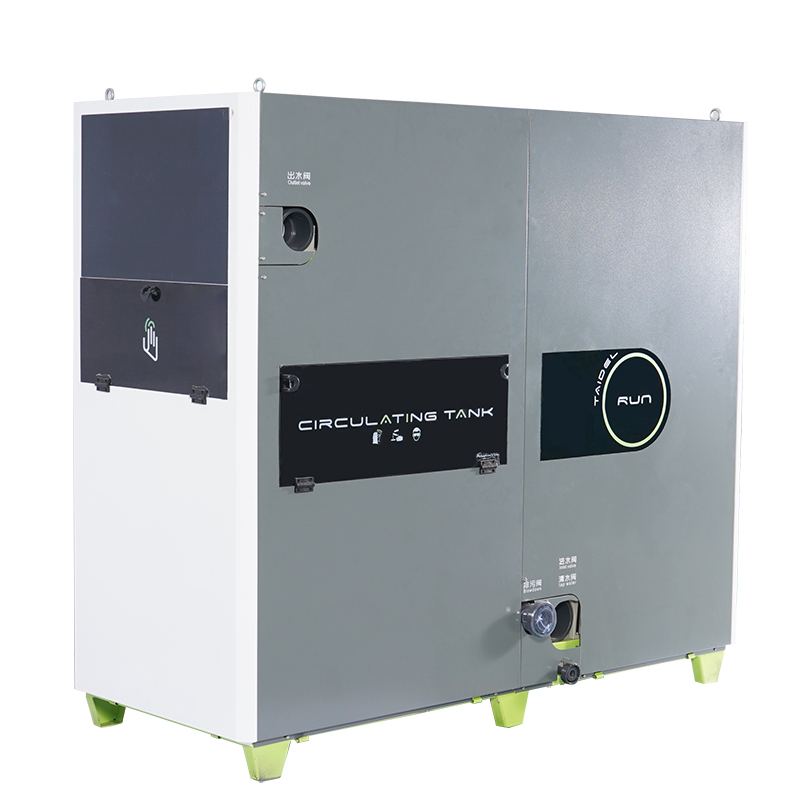Hydrochloric acid is highly corrosive, and its aggressiveness varies significantly depending on concentration, temperature, oxygen content, and impurities. Selecting the right pump materials is critical for safe and reliable operation.

Key Considerations
Corrosion Resistance: Saltwater environments can quickly degrade many metals. Materials must be compatible with HCl under the operating conditions.
Leak Prevention: Preferably choose sealless designs (magnetic drive, diaphragm, peristaltic) to prevent leaks and protect personnel.
Operating Conditions: Consider HCl concentration, temperature, presence of oxidizing agents, and solids content when selecting pump materials.
Common Materials and Suitability
| Material | Suitable Conditions | Advantages | Limitations / Risks |
|---|---|---|---|
| PVC / CPVC | Dilute HCl (<20%), ambient temperature, low pressure | Low cost, good chemical resistance to dilute acids | Limited temperature and concentration tolerance, brittle under stress |
| PVDF | Moderate HCl concentrations, higher temperatures than PVC | Strong chemical resistance, better mechanical strength than PVC | Higher cost, stress cracking possible over time |
| PTFE (Teflon) | All HCl concentrations (used as lining, gaskets, or components) | Excellent chemical resistance | Low mechanical strength, mainly used as lining or sealing |
| FRP (Fiberglass Reinforced Plastic) | Tanks or pump housings for dilute to moderate HCl | Corrosion-resistant, medium cost | Structural strength and temperature limitations, aging over time |
| Hastelloy B (Ni-Mo alloy) | Non-oxidizing HCl (concentrated) | Exceptional resistance to HCl | High cost; not suitable for oxidizing environments |
| Hastelloy C-276 | HCl containing oxidizing agents | Excellent overall chemical resistance | High cost |
| Monel / Nickel-based alloys | Low concentration, low temperature HCl | Better than stainless steel | Not recommended for high temperature or high concentration |
| Carbon Steel / Stainless Steel (304/316) | Not recommended | Low cost | Rapidly corroded by chloride ions, especially at high temperature or concentration |
Tip: For concentrated non-oxidizing HCl, Hastelloy B is ideal. If oxidizing impurities may exist, Hastelloy C-276 or PTFE-lined pumps are preferred.
Recommended Pump Types
Low-pressure, dilute HCl (metering/chemical dosing): Diaphragm pumps (PTFE diaphragm), peristaltic pumps, small magnetic drive centrifugal pumps (plastic or PVDF housing).
High-flow process circulation: PVDF- or FRP-lined centrifugal pumps, magnetic drive pumps to prevent leakage.
High-concentration or high-temperature HCl: Full alloy pumps (Hastelloy B/C) or PTFE-lined magnetic drive pumps.
Pumps handling solids or abrasive media: Consider wear-resistant linings and designs minimizing turbulence; plastic pumps may wear faster.
Seals, Gaskets, and Accessories
Gasket/Seal Materials: PTFE is preferred; EPDM is also suitable. Avoid standard rubber (NBR) or uncoated metal/ceramic seals in strong HCl.
Shaft & Bearings: Choose corrosion-resistant alloys or protective coatings; magnetic drive pumps are ideal to eliminate shaft seals.
Liners / Coatings: PTFE or other polymer linings improve corrosion resistance but must be thick, well-bonded, and carefully installed.
Valves & Fittings: Match pump materials or use more corrosion-resistant materials; PTFE or PVDF valves for dosing and control.
Selection & Specification Checklist
Define operating conditions: HCl concentration (% w/w), temperature (°C), flow rate, pressure, solids content, oxidizing agents presence, start/stop frequency, pipe connections.
Pump materials: Specify materials for pump body, impeller, shaft sleeve, shaft, lining, and gaskets. Example: body PVDF, impeller PVDF, shaft sleeve PTFE, shaft Hastelloy B, gasket PTFE.
Sealing solution: Prefer magnetic drive or PTFE diaphragm/peristaltic pumps. If mechanical seals are required, specify materials and cooling/flush requirements.
Corrosion data & testing: Require manufacturer corrosion rate data or lab test reports; consider small-scale trial operation before full deployment.
Certificates & documentation: Material certificates, chemical test reports, manufacturer’s corrosion resistance handbook.
Spare parts: List critical wear parts (diaphragms, gaskets, linings) and lead times; keep at least one full set of essential spares.
Maintenance & Safety Tips
Inspect pump casing, lining, leakage, seal temperature, and vibration regularly.
Always drain and flush pumps with water or neutralizing solutions before maintenance; follow facility safety protocols.
Store plastic or lined components away from high temperatures and mechanical stress to avoid cracking.
Upgrade materials if oxidizing agents may contaminate HCl (Hastelloy C or PTFE-lined).







